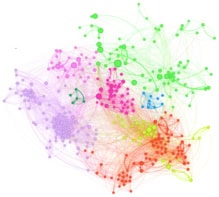Some companies claim that a three-year-old child is the most effective form of destructive testing that any product can undergo. Unfortunately not many children are allowed to work in industry. Instead manufacturing companies carry out vibration testing to mimic the years of abuse that a product suffers at the hands of a consumer. Motor vehicles in particular are subjected to a wide range of conditions during their working lives. Now Jun Ming Hu from the Ford Motor Company, Michigan, has developed a new random vibration test that can more accurately mimic the conditions a component must suffer before being let out onto the market (Patent 5767406).
Most automobile vibration testing is sinusoidal in nature, in which a regular pattern of rapid, slow and zero vibrations vary in a predictable pattern to mimic driving conditions. Hu’s random vibration testing is more realistic. It uses several random processes to mimic different driving routes and styles – and hence mimic the stresses on the car. Although manufacturers have increased the speed of their vibration testing to accelerate the testing process, such tests do not consider the effect of a variable load on the car. Adding random vibrations to the accelerated test compensates for this deficiency.
Hu’s new method also allows the user to specify the frequency range of the tests. This allows researchers to study the individual behaviour of components inside a car, and how they interact in a specific frequency range – just in case certain frequencies cause the structure to fail.



